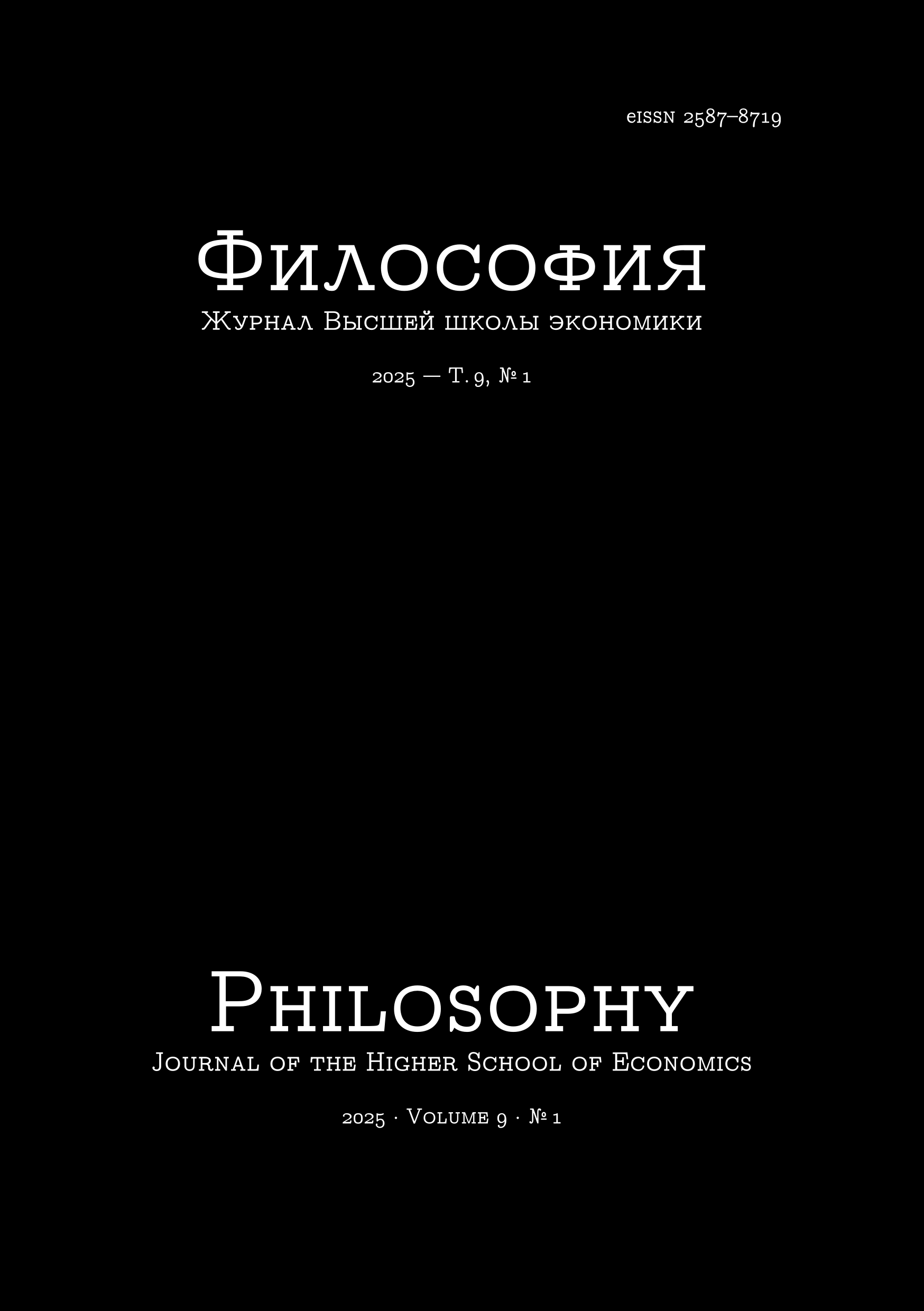Visual Argumentation. How to Deal with Pictures?
Abstract
The paper focuses on such a new phenomenon in the theory of argumentation as visual argument. It presents the peculiarities of the use of images in argumentative purposes and points out the key differences between pictures and verbal arguments. Considering arguments through the lens of the logical approach helps to talk about the possibilities of developing and applying normative approaches that regulate the process of identification, reconstruction, evaluation and construction of arguments. This approach is also relevant to the field of visual argumentation. The descriptive-rhetorical aspects of visual arguments are deliberately left out. Visual arguments are seen as “moving pictures”, i.e. pictures the transformation of which is aimed at achieving the goal of the dialogue. The term “moving picture” as well as the idea of transformation are borrowed from Ch.S. Peirce's deliberations, in particular, his theory of existential graphs. Appealing to the key ideas of this theory explains the logical basis of visual arguments. Peirce's semiotic ideas — the nature of signs-icons — open up directions for dealing with the refutation of arguments. All of these ideas fit into contemporary studies of visual argumentation. The paper demonstrates that they make more explicit the abilities to analyse visual arguments using the apparatus of argumentative schemes. A well-known toothpaste advertisement of its time is considered as an example.
Downloads
Copyright (c) 2025 Philosophy Journal of the Higher School of Economics

This work is licensed under a Creative Commons Attribution-NonCommercial 4.0 International License.






